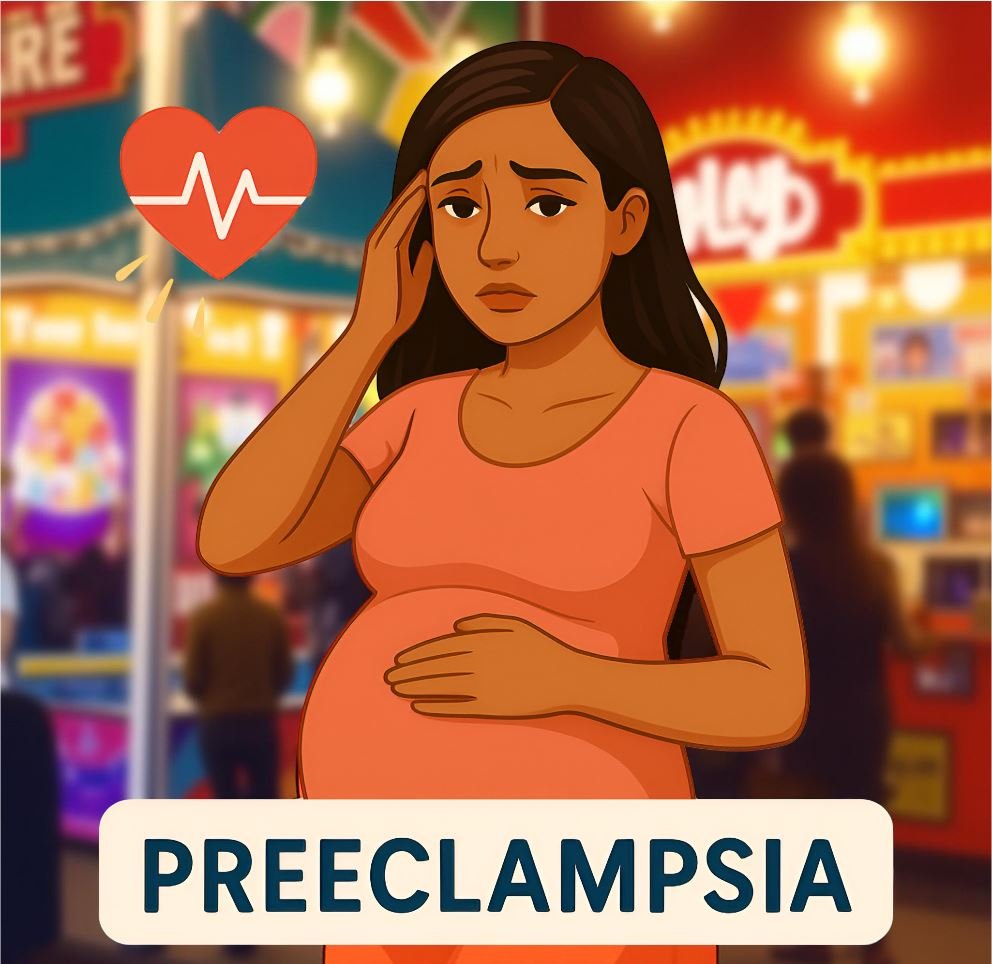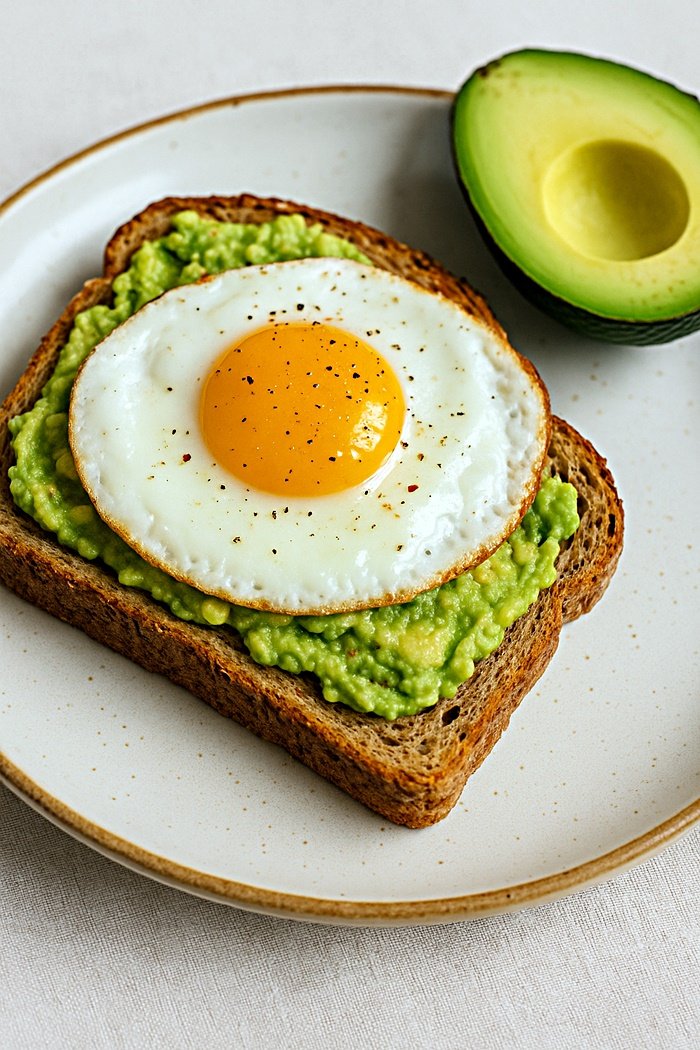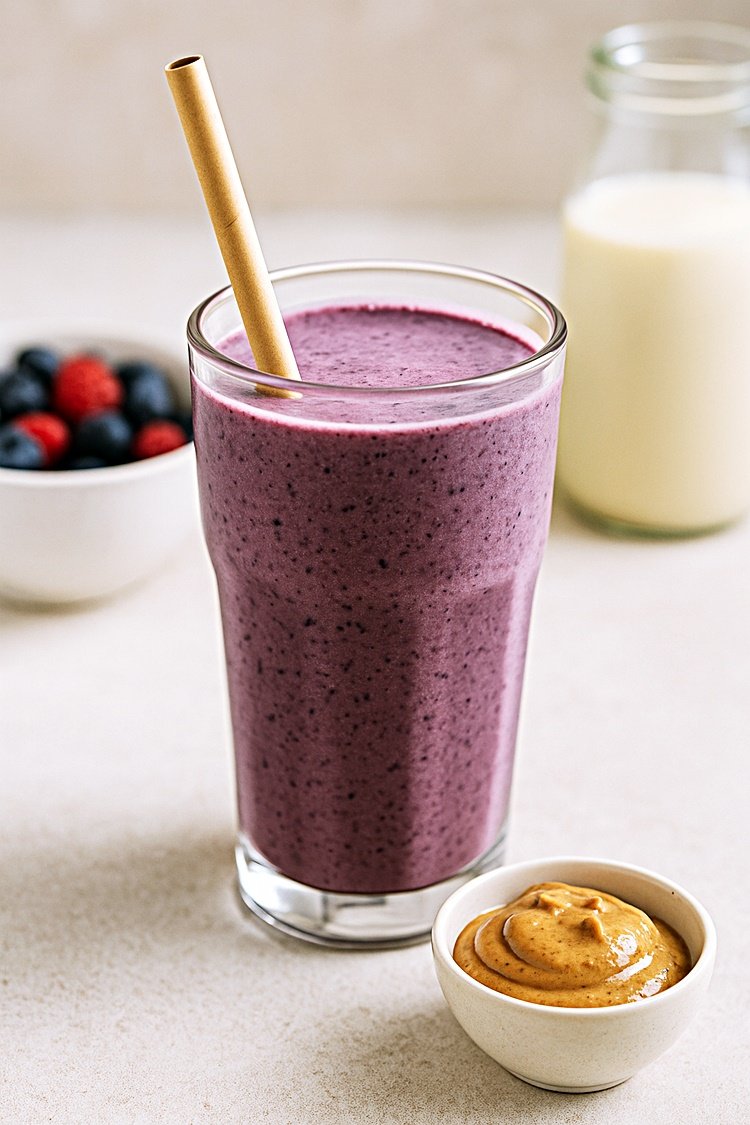
Preeclampsia Nutrition Guide: Foods to Manage Symptoms & Support Recovery
What Is Preeclampsia?
Preeclampsia is a serious pregnancy complication characterized by:
✔ High blood pressure (≥140/90 mmHg)
✔ Protein in urine (indicating kidney stress)
✔ Possible organ damage (liver, kidneys, brain)
It typically occurs after 20 weeks of pregnancy and can lead to preterm birth, low birth weight, or life-threatening complications like eclampsia (seizures) or HELLP syndrome.
What’s Happening in Your Body?
- Blood vessels constrict, raising blood pressure.
- Inflammation increases, stressing organs.
- Placenta may not function properly, reducing nutrients to the baby.
Nutrition plays a critical role in managing symptoms and supporting a healthier pregnancy!
Best Foods for Preeclampsia & Why
1. Protein (80–100g/day)
Why? Helps repair tissues, stabilize blood pressure, and reduce swelling.
✔ Best sources:
- Lean meats (chicken, turkey)
- Fatty fish (salmon—rich in omega-3s)
- Eggs (choline for fetal brain health)
- Beans & lentils (fiber + iron)
2. Healthy Fats (50–70g/day)
Why? Reduces inflammation and supports brain health.
✔ Best sources:
- Avocados
- Nuts & seeds (walnuts, flaxseeds)
- Olive oil
- Fatty fish (DHA for baby’s development)
3. Complex Carbs (150–200g/day)
Why? Provides steady energy without spiking blood pressure.
✔ Best sources:
- Whole grains (quinoa, oats, brown rice)
- Sweet potatoes (potassium helps lower BP)
- Berries (antioxidants reduce inflammation)
4. Key Micronutrients for Preeclampsia
| Nutrient | Why It Matters | Best Food Sources |
|---|---|---|
| Magnesium | Relaxes blood vessels | Spinach, pumpkin seeds, dark chocolate |
| Calcium | May lower preeclampsia risk | Dairy, fortified plant milk |
| Potassium | Balances sodium & lowers BP | Bananas, sweet potatoes, avocados |
| Vitamin C & E | Reduce oxidative stress | Citrus, bell peppers, almonds |
| Omega-3s | Lower inflammation | Salmon, chia seeds, walnuts |
Foods to Avoid with Preeclampsia
Excess salt (worsens swelling & BP—avoid processed foods).
Refined sugars (spikes blood pressure & inflammation).
Caffeine (can raise BP—limit to <200mg/day).
Alcohol (strictly avoid—harms baby & raises BP).
Macronutrient & Calorie Needs
Daily Caloric Intake
- Non-preeclampsia baseline: ~1,800–2,200 kcal
- With preeclampsia: ~2,000–2,500 kcal (adjust for weight/activity)
Macro Breakdown for Preeclampsia
| Macro | Grams/Day | % of Calories |
|---|---|---|
| Carbs | 150–200g | 40–50% |
| Protein | 80–100g | 25–30% |
| Fats | 50–70g | 25–30% |
Key: Higher protein & healthy fats help manage BP and inflammation.
Sample Preeclampsia Meal Plan (2,300 kcal/day)
Breakfast (550 kcal)
- Spinach & mushroom omelet (2 eggs + 1 cup spinach)
- 1 slice whole-grain toast with avocado
- 1 small banana
- Macros: 50g carbs, 25g protein, 25g fat
Snack (300 kcal)
- Greek yogurt with walnuts & blueberries
- Macros: 25g carbs, 15g protein, 15g fat
Lunch (600 kcal)
- Grilled salmon with quinoa & steamed broccoli
- Side salad (olive oil + lemon dressing)
- Macros: 55g carbs, 35g protein, 25g fat
Snack (250 kcal)
- Apple slices with almond butter
- Macros: 30g carbs, 5g protein, 12g fat
Dinner (600 kcal)
- Baked chicken with roasted sweet potatoes & asparagus
- Macros: 50g carbs, 40g protein, 25g fat
Dessert (150 kcal)
- Dark chocolate (85%) + raspberries
- Macros: 15g carbs, 3g protein, 10g fat
Lifestyle Tips for Managing Preeclampsia
✔ Monitor BP daily (report spikes to your doctor).
✔ Stay hydrated (2–3L water/day—helps kidney function).
✔ Rest & elevate feet (reduces swelling).
✔ Light exercise (walking, if approved by your doctor).
When to Seek Emergency Care
Severe headaches
Blurred vision or flashing lights
Upper right abdominal pain (liver distress)
Sudden swelling in hands/face
Free Download: Preeclampsia Nutrition Tracker
Click Below (Track macros, BP, and symptoms!)
Final Thoughts
While preeclampsia requires medical supervision, nutrition can help manage symptoms and support a healthier pregnancy. Focus on anti-inflammatory, high-protein foods, and always follow your doctor’s guidance.
(Note: This is not medical advice. Always consult your healthcare provider.)



